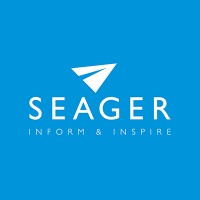
Insurance Journal
Established in 1923 as a small Southern California publication, Insurance Journal magazine and website has grown to become the most widely read and well-respected insurance trade publications in the country, with a bi-weekly circulation of more than 47,000 readers nationwide. InsuranceJournal.com is the highest-trafficked P/C insurance new website in the world (confirmed by Similarweb.com Aug 2021). We are a part of Wells Media Group, Inc., a 100% employee-owned company.






